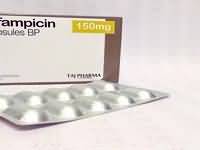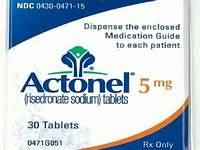oxytetracycline

CLINICAL USE
Antibacterial agent
DOSE IN NORMAL RENAL FUNCTION
250–500 mg 4 times a dayAcne: 500 mg twice daily
PHARMACOKINETICS
Molecular weight :460.4 %Protein binding :20–40 %Excreted unchanged in urine : 10–35 Volume of distribution (L/kg) :1.5half-life – normal/ESRD (hrs) :9/66 DOSE IN RENAL IMPAIRMENT
GFR (mL/MIN)
20 to 50 : Dose as in normal renal function 10 to 20 : Dose as in normal renal function <10 : 250 mg 4 times a day DOSE IN PATIENTS UNDERGOING RENAL REPLACEMENT THERAPIES
CAPD :Not dialysed. Dose as in GFR <10 mL/min HD :Not dialysed. Dose as in GFR <10 mL/min HDF/high flux :Unknown dialysability. Dose as in GFR <10 mL/minCAV/VVHD :Unknown dialysability. Dose as in normal renal function IMPORTANT DRUG INTERACTIONS
Potentially hazardous interactions with other drugsAnticoagulants: possibly enhanced anticoagulant effect of coumarins and phenindione Oestrogens: possibly reduced contraceptive effects of oestrogens (risk probably small) Retinoids: possible increased risk of benign intracranial hypertension with tetracyclines and retinoids – avoid concomitant use ADMINISTRATION
Reconstition
– Route
Oral Rate of Administration
–Comments
– OTHER INFORMATION
Avoid if possible in renal impairment, due to potential nephrotoxicity and increased risk of azotaemia, hyperphosphataemia and acidosisMay cause an increase in blood urea which is dose related. Avoid in SLE .
See how to identify renal failure stages according to GFR calculation
See how to diagnose irreversible renal disease
Home









